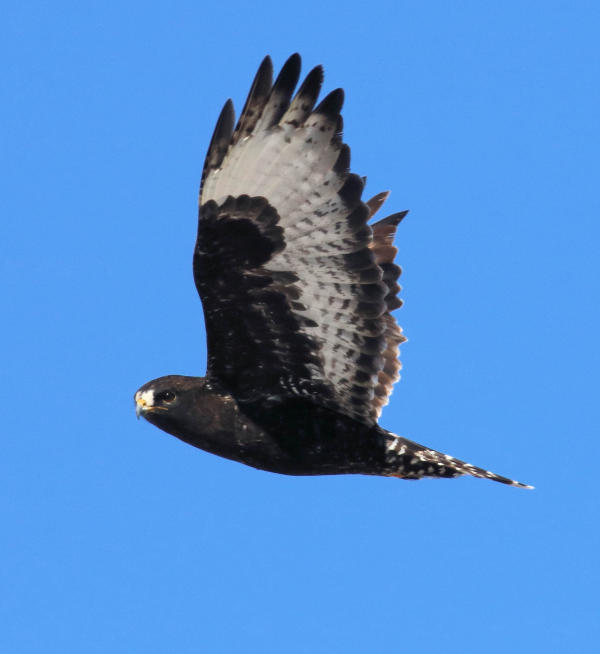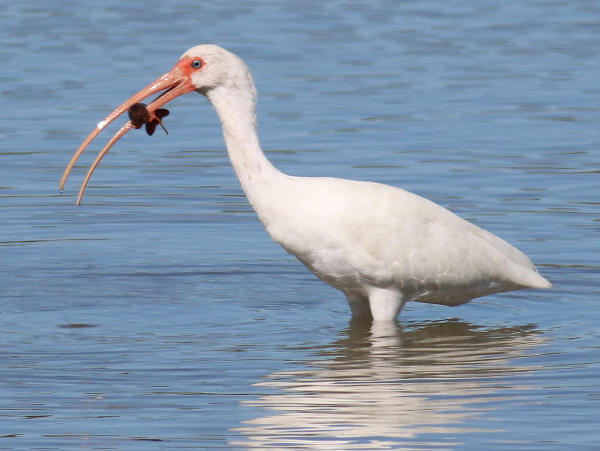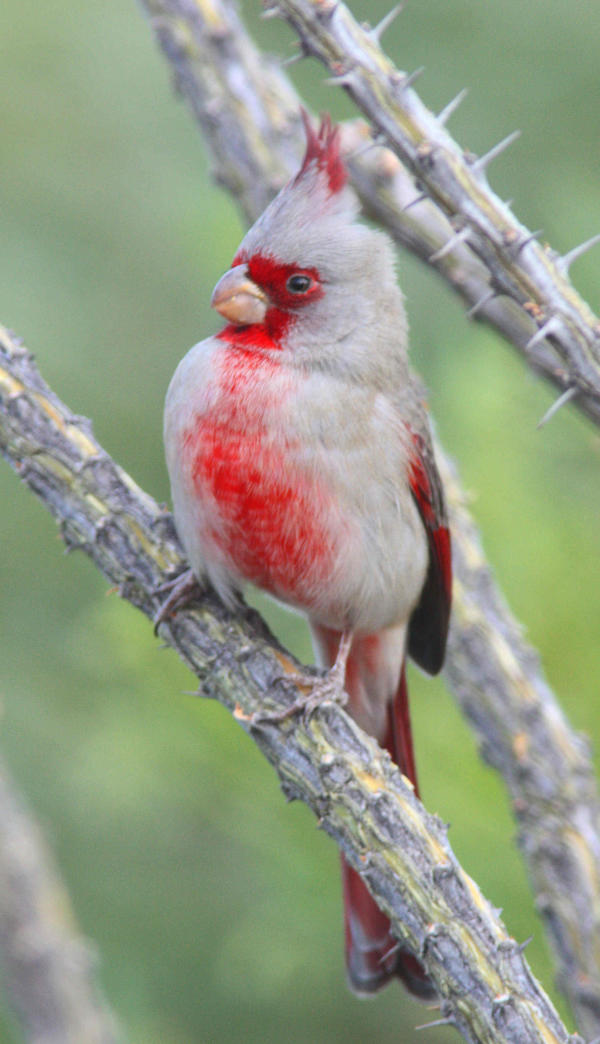
Seasonal changes in weather are dominating November, giving birders the opportunity to mix their outdoor activities to enhance birding. It may be a matter of using new equipment ranging from kayaks to snowshoes with binoculars in hand. It could be as simple as being able to access locations comfortably where insects or thick vegetation prevented fruitful birding earlier in the year. We birders adjust our birding activities to the season, and the pay-offs can be exceptional!
If you live in the southern tier of states, this fall may emphasize getting back outdoors after a very hot summer. More temperate weather during November provides more opportunities to enjoy cycling, hiking and camping, plus kayaking and canoeing. When you combine a brisk birding walk followed by a bike ride, birding becomes a very active endeavor that may overshadow a trip to the gym.

If you live up north, many states were getting their first base of snow last week and birders were expanding their outdoor activities by beginning to cross-country ski and snow-shoe (now those birding activities are good workouts). Often, these modes of travel allow you to explore locations that were tough to access during the insect and tick season. When adequate ice forms, you can even walk across wetlands and bogs that were inaccessible during warmer seasons. Bare trees also provide more open views of birds in the area.
Auto touring remains quite the same with the change of season, although you may be using your heater rather than your air conditioner – depending on where you drive. It’s also time to update your emergency clothing in your vehicle, and make sure your emergency equipment is charged, just in case.

We birders love to migrate, especially to warmer climates! Within a few hours of air time you’re cycling along a beach, hiking in a rainforest or visiting a tropical island – maybe Hawaii or Maui, the Bahamas or Trinidad! A winter travel destination can add appreciably to your life list and photo files, and provide a seasonal attitude adjustment.
In northern climes, we need to meet winter head-on with a big smile. We enjoy the birds that visit our feeding stations and get out regularly for field trips, even if it’s too cold to do much beyond our heated vehicle. Often during winter, we need to cover a lot of miles to find a bird, but often it’s super-exciting – possibly a jet-black dark morph Rough-legged Hawk, a flock of White-winged Crossbills or Pine Grosbeaks, or an unforgettable Great Gray Owl. We all need to adjust our birding activities to the season; the pay-offs may be fewer in number, but they can be exceptional in quality!

In southern climes, instead of reduced numbers of birds, southern birders can enjoy enhanced birding experiences! The local species are joined by flocks of wintering birds, and seasonal rainfall excites resident species into pre-nesting songs. Late fall and winter can be exciting, and inspiring with new migrants appearing and wintering flocks of Sandhill Cranes, geese, ducks, sandpipers, plovers, native sparrows, warblers and buntings, plus increased raptor activity and rare bird sightings. Enjoy the change of seasons to the max, wherever you are, and wherever you travel.
Article and photographs by Paul Konrad